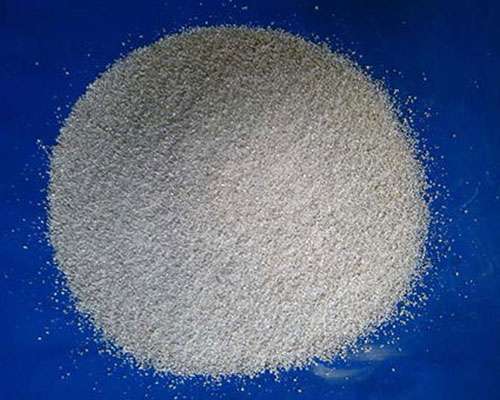Covering flux for Aluminum smelting has a good protective effect. Due to the abundant raw materials, simple process requirements, and low cost, the covering flux for aluminum smelting can be widely used in the smelting process of metal aluminum and its alloys.
To solve problems caused by such aluminum oxide and inclusions, molten aluminum is treated with a flux capable of preventing oxidation of aluminum and capable of capturing inclusions. In order to prevent the oxidation of the scrap during the re-smelting process, the surface of the aluminum scrap is usually covered with a layer of protective flux, also known as covering flux for aluminum melting.
Metal aluminum and its alloys have been widely used in various aspects due to their unique properties. With the development of the economy, the worldwide demand for aluminum is increasing year by year. However, on the one hand, a large amount of aluminum scrap is generated during aluminum processing, such as leftovers generated in the turning and milling process; on the other hand, due to the consumption of waste industrial equipment and people’s daily necessities, a large amount of aluminum scrap is also generated. In order to reuse aluminum scrap, they are returned to the smelting furnace for re-smelting.

However, because aluminum is a relatively active and easily oxidized element, when it is returned to the smelting furnace, it will reduce the yield due to oxidation during the remelting process, thus wasting a portion of resources. Since aluminum is a metal having high oxidizing properties, aluminum oxide is generated in the process of melting aluminum. When the amount of generated aluminum oxide is increased, the recovery rate of aluminum is lowered. In addition, paint and other inclusions are generally contained in the aluminum mass, which is added to molten aluminum. As the amount of such inclusions increases, the purity of aluminum decreases.
On the one hand, as the melting point of the covering flux decreases, the liquid phase formed at a lower temperature will prevent the aluminum chips from being oxidized. On the other hand, because the flux generates a large amount of shielding gas during the heating process, these gases will interact with alumina. After the reaction, a protective film is formed on the surface of the aluminum and its alloys; the protective film will effectively isolate the aluminum and its alloys from the air, thereby preventing its oxidation. As a result, the output of aluminum is increased, higher output and a higher economic benefit can be obtained.

